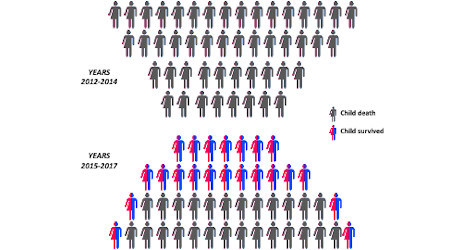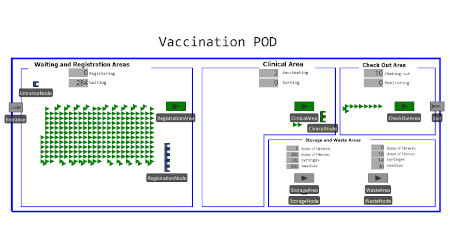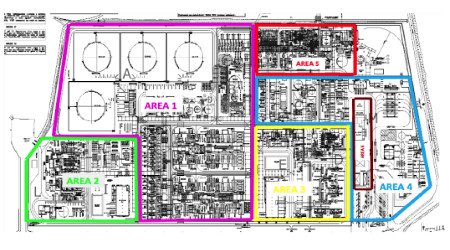Volunteer Military Corps is a fundamental component of the Italian Red Cross Society, an humanitarian organization operating for health and social assistance without discrimination regarding race, nationality, religious beliefs, social class or political opinions, in adherence with Geneva Conventions and Red Cross Principles, The Volunteer Military Corps (ItRC MC), Auxiliary of Italian Armed Forces, has been always employed for responding to the consequences to national and international emergencies (Italian Red Cross or Ministry of De-fense/Italian Armed Forces activation) with Field Hospital, Advanced Medical Post, Mobile Health-logistics Units and CBRN Decontamination Units. Nowadays, ItRC MC is cooperating with the Italian Navy for first aid, search and rescue operations, humanitarian assistance to migrants in the Mediterranean Sea. In particular, since 2014 ItRC has been operating in deploying biocontain-ment units in bio-emergency scenario and coordinating a CBRN decontamina-tion and bio-containment response team (AMET-BIO Unit).






